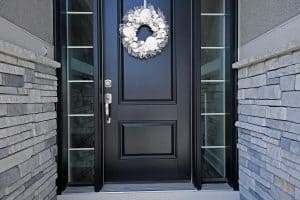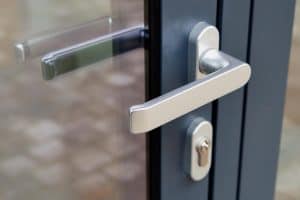Most interior doors use a passage door knob or handle without a locking mechanism. Removing these knobs takes less time and effort. However, following the proper process ensures you disassemble the knob without damaging it. So you might be thinking, how do you remove a passage door knob? We've looked up the steps you need to take and summarized them in this post.
Removing passage door knobs requires you to do the following:
- Detach the faceplate.
- Unfasten the screws.
- Remove the interior components.
Some passage knobs come in different variants, where there are hidden or no screws at all. But generally, you will only need to take out the knob, its components, and the latch assembly.
Now that you got the gist, it's essential to understand how disassembly works with other knob structures. Continue reading to know how to remove passage door knobs of varying kinds and other similar handles.
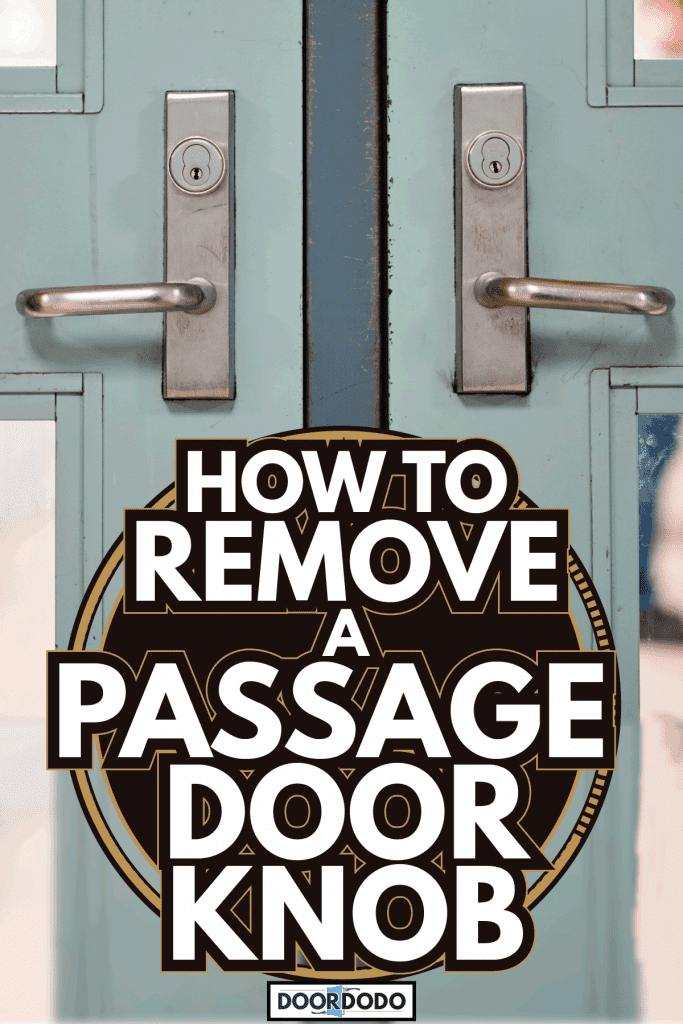
How To Remove A Schlage Passage Door Knob
Being from one of the top manufacturers, a Schlage passage knob follows a similar disassembly process to standard brands. Doing so is relatively easy, requiring only a few steps to complete.
There are also different types of passage door knobs, varying mostly with the placement of screws. Regardless, the removal is not much different from the standard variant.
Tools And Equipment Needed
Prepare the following before you get started with the passage knob removal:
- Flat-head screwdriver
- Pin or nailset
- Power drill or power screwdriver
Steps To Remove Passage Door Knob
These steps elaborate what you should do to remove a Schlage passage door knob:
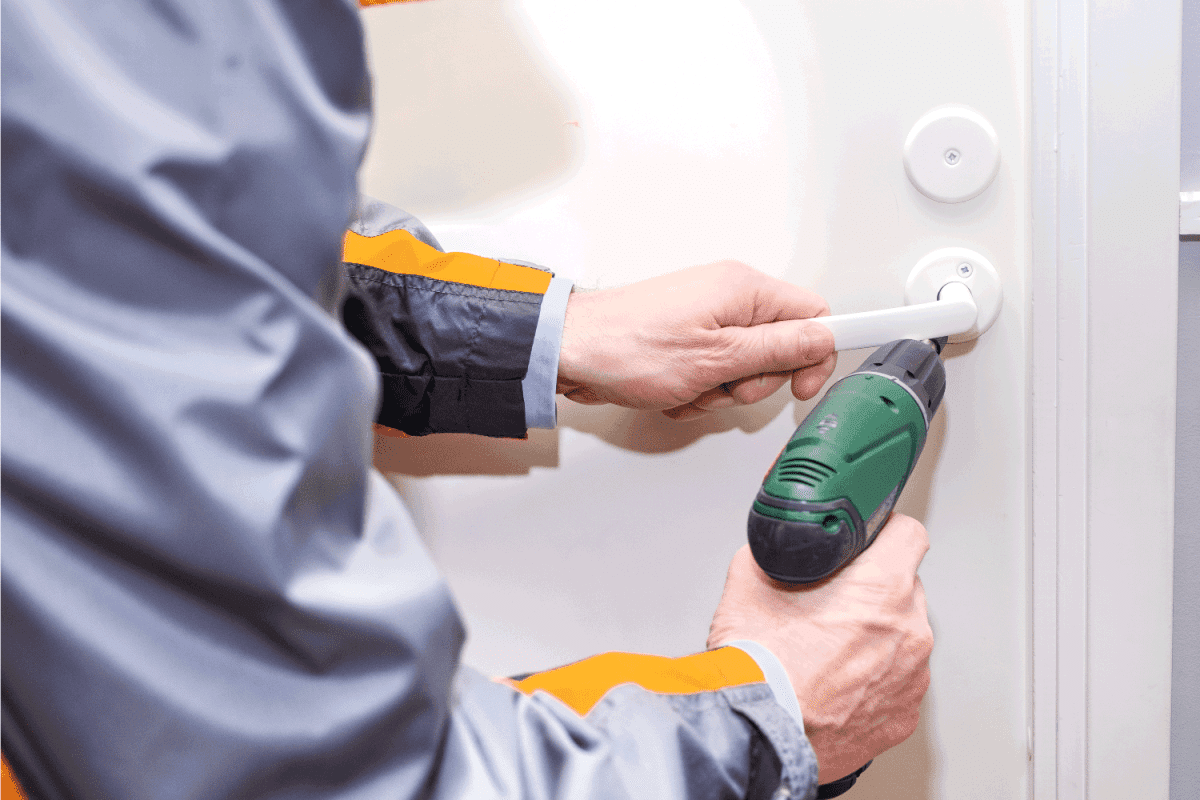
1. Detach The Faceplate
Attempting to disassemble a passage knob without unscrewing it may cause damage to the knob and door. You will first need to identify where the screws go.
Standard passage knobs usually have them visible on the faceplate. If this is the case, you can simply unscrew them from there.
If not, use the flat-head screwdriver to carefully pry the cover open until the handle set screw is exposed. It often goes below the knob or door handle.
2. Unfasten The Screws
Once the screws are visible, you can proceed to unscrew them. Use either a power drill or power screwdriver to unfasten these set screws to detach the door knob.
Set the drill or screwdriver on reverse, then carefully remove each screw. Set aside these screws if you're looking to return or reuse the door knob.
After removing all the screws, take off the metal plate and knob.
3. Remove The Interior Components
There is usually a pinhole at the side of the interior lever. Take a pin and place it in the said pinhole, then slide the knob off its spindle.
Pry off the decorative plate to expose the remaining screws keeping the lockset in place. Unscrew these with the same method used with the set screws.
When you finish unfastening them, you can detach the handset from the door.
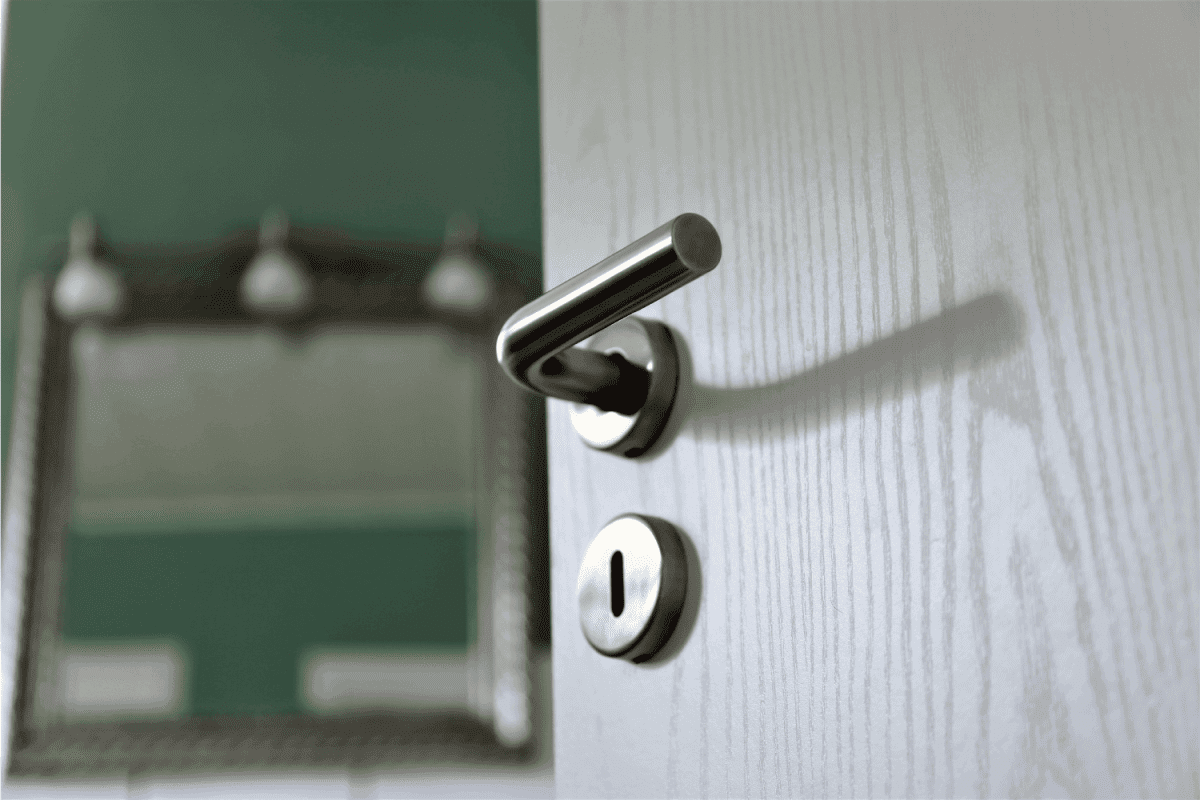
How Do You Remove A Privacy Door Knob?
Unlike a passage door knob, a privacy door knob offers a one-side locking mechanism. Removing this type of knob is typically used as a solution to access the room when you can't unlock the other side.
To do so, follow the instructions below:
- Locate the door knob screws. Exposed screws can be found on each side of the knob, while hidden screws go behind the decorative plate.
- Push against the small slot or pinhole along the door knob's stem to release the handle.
- Once released, detach the door knob from the spindle.
- Find the slot along the edge of the decorative plate, usually on the side resting against the door.
- Place a small screwdriver in the slot, then carefully twist it to remove the plate.
- Unscrew the screws from the knob. If necessary, remove both the plate and the knob. Do this for the opposite side as well.
- On the latch assembly faceplate, locate and unfasten the screws.
- When the latch releases, detach it from the edge of the door.
Passage Door Knob Vs Privacy Door Knob
You are likely to find interior doors with either passage or privacy door knobs. The function of each of these knobs is suitable for use indoors, compared to exterior doors or entryways.
A passage door knob comes with a distinct quality to help differentiate it from a privacy door knob. Unlike most handles, a passage knob does not have a locking feature.
On the other hand, a privacy knob is lockable but often comes with a button or lever rather than a key. This door knob can only be locked through one side of the door, usually the inside.
However, privacy knobs are similar to passage knobs as they do not require using keys to operate.
Get more information on passage door knob functions and features through this post: Do Passage Door Knobs Turn?
How Do You Remove A Door Knob With Hidden Screws?
Most modern door knobs come with hidden screws to achieve a cleaner look. But this may confuse you in case you will need to remove it. The video below shows how to remove a door knob when the screws are not visible.
To summarize, read the steps listed as follows:
- Identify and locate the small latch at the side of the door knob. Some door knobs may have it on the top side, so be sure to look around it if it's not on the side.
- Use a flat-head screwdriver to push into the said latch, then pull off the door knob.
- Put the screwdriver into the slot located at the base of the plate.
- Carefully pry off the trim to expose the screws.
- Remove the screws from the plate.
- Detach both sides of the knob from the door.
- Unscrew the latch from the edge of the door, then pull it off.
How Do You Remove An Exterior Door Knob That Has No Screws?
High-end options for door knobs are designed to hide mounting screws from view. Some of these seem to carry no screws, making it appear as though they cannot be detached.
Removing an exterior door knob with no visible screws is not any different from disassembling the knob indoors.
To prevent damaging the knob assembly and door finish, follow these instructions on how to remove it:
- Check for a tiny slot or hole on the neck of the door knob. This slot will allow the knob to come loose. Note that some models only require you to push it, but you may need to keep the tool inside for others.
- Loosen any other hidden screws around the knob until you can remove the knob.
- Door knobs with a recessed setscrew will require you to use a wrench. Turn the setscrew until the knob is loose enough to slide off from the door.
- If necessary, pry out the mounting plate to reveal any other screws keeping the plate attached to the door.
- Detach any remaining screws on the door knob plate.
- Once everything is free, you can completely remove the knob from the door.
- Remove the latch if needed by unfastening any screw on the plate, then carefully prying it off.
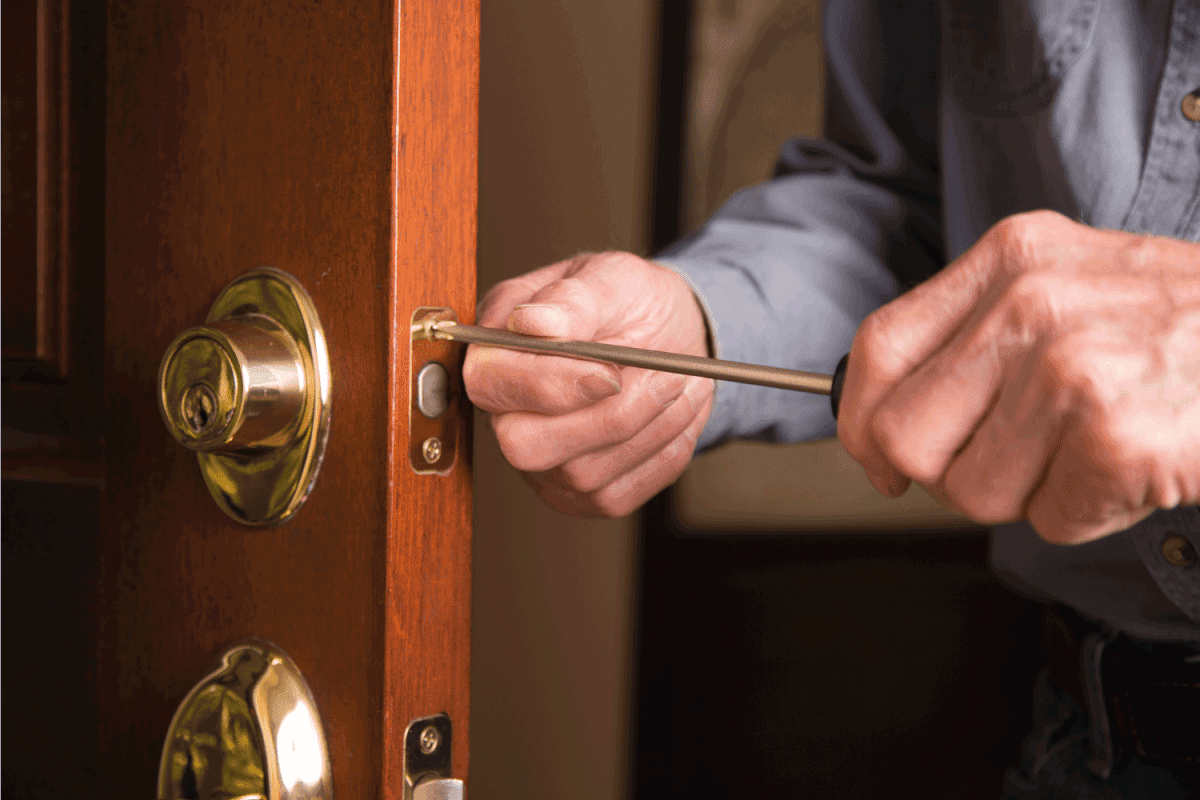
What Door Knob To Use On Exterior Door
The primary purpose of exterior door knobs is to provide security from outside elements and harm. Keyed and lockable options are typical for these doors.
Using other variants also works because you can install additional locks to the door for increased security. Although different knob types are good to use, door knobs featuring keys and locks offer the highest protection effectively.
If you're looking to use a passage knob for a front door, get more insight by reading through this post: Can Passage Door Knobs Be Used On Exterior Doors?

In Closing
Detaching a passage knob from a door follows a quick process because it comes with fewer components compared to other knobs.
To simplify, you will need to locate the screws, remove the plate, and detach the rest! Removing other door knobs works just as easily, depending on whether the knob has exposed screws, hidden screws, or no screws at all.

